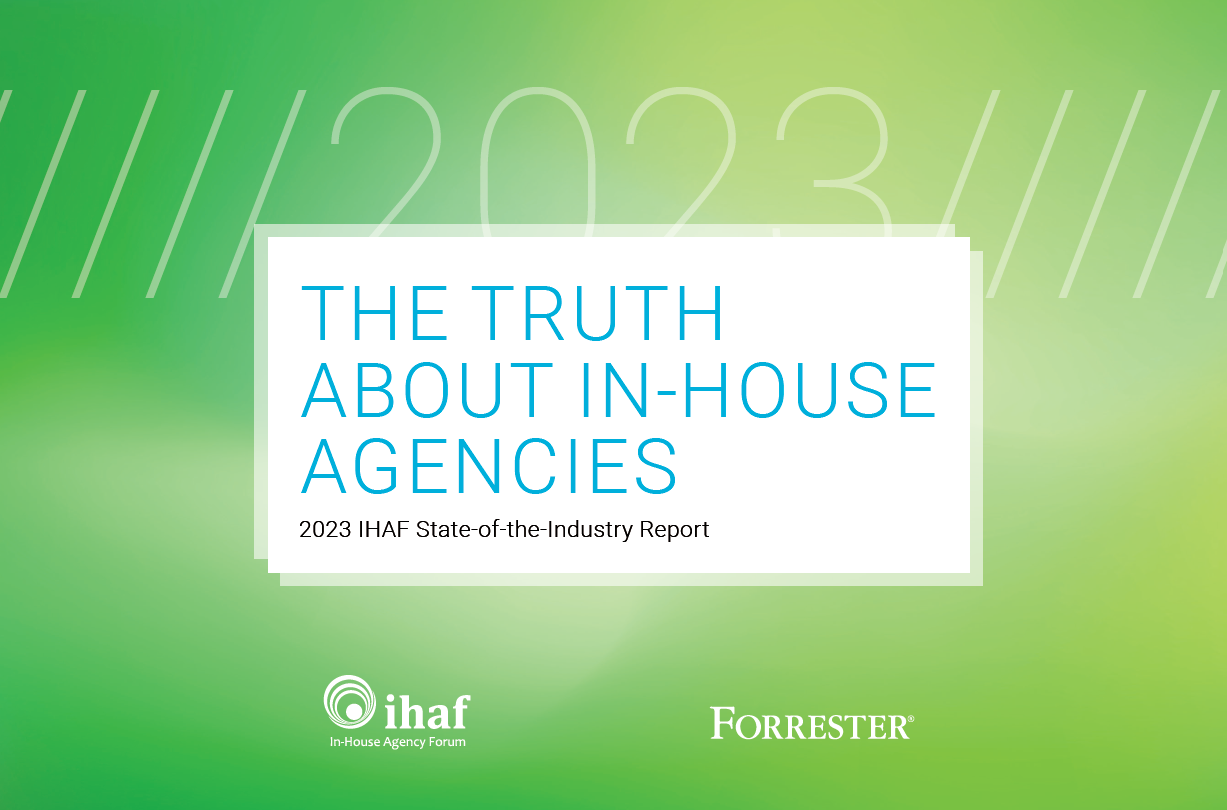Building a Creative Environment

When I was in third grade, my mom and I ran into my teacher (a grim, severe drill sergeant) in the cereal aisle of the grocery store. I still remember how long it took my brain to recognize Mrs. Strictman. Her face was familiar, but foreign in that environment.
The grocery store was all joy and imagination—an adventurous wonderland of bright packaging, shiny wide aisles, clanging unpredictable carts, towering freezers and safe, normal, happy people. Mrs. Strictman’s classroom environment was gray and airless. Imagination was not tolerated. She kept a paddle on her desk and was not afraid to use it.
Staring dumbfounded at that familiar lady holding her box of Fruity Pebbles and flashing a stiff, strained smile as if she’d just been caught passing notes in class, I learned then and there that environment matters.
Now all these years later, I find myself asking: how can I take advantage of that to facilitate creativity for my in-house team? How can I avoid the “teacher in the grocery store” phenomenon by creating a environment where people expect to find creativity?
As helpful as it can be to facilitate creative activities (brainstorm sessions, field trips, guest speakers), sustained creativity is the result of an environment in which those activities can take root and flourish.
Here are three elements that I believe can help establish a creative environment. Does this line up with your experience? What would you add to (or subtract from) this list?
HUMOR. Not everyone is funny, but everyone can laugh. Our creative team laughs together a lot. And from what I’ve seen, laughing builds trust, clears the mind, breaks tension, and fosters creativity by connecting unrelated ideas. If you have funny people on your team, encourage them. If not, rely on YouTube videos or quirky conversations to infuse humor into your team environment.
COURAGE. Nothing kills creativity like fear. And nothing kills fear like courage. Courage is creativity’s big brother, who fends off the bullies. When courage is standing guard, it’s okay to fail forward. The best ideas win no matter whose they are and there’s nothing more welcome than high-quality criticism.
PURPOSE. Being creative is fun, but we don’t work for fun. We work because we want to make a difference. We work because we want to succeed. We work because we want to make a better world. And perhaps make some money, too. But creativity for creativity’s sake gets old fast. If a team has nothing specific and compelling to celebrate, no clear purpose that its creativity serves, motivation withers and creativity dies. If you’re leading a creative team, articulating a compelling purpose is one of the most valuable things you can do.
My goal as an in-house leader is to create an environment where my team can recognize creativity when they see it—avoiding the teacher-in-the-grocery-store phenomenon. So as you continue to plan the one-off activities that help your team maintain creativity, don’t neglect the more important work of creating an environment where creativity thrives.
Recent Posts

In-House Data: Fact or Fiction?
October 16, 2023
I’m going to be honest with you, which I always am but this time it’s scary honesty. There are a lot of in-house agency research reports out there. And not all of them contain data that are close to the integrity of the studies IHAF publishes—the next of which drops at the IHAF conference on …

IHAF Wrapped
December 20, 2023
One of our favorite things to do at year-end is look back at the events, presentations, and online resources our members tapped most. (Why should Spotify have all the fun?) Here are a few of your favorites in 2023:
• New Assortment of Org Charts Download • Updated Job Profiles …











No Reader Comments